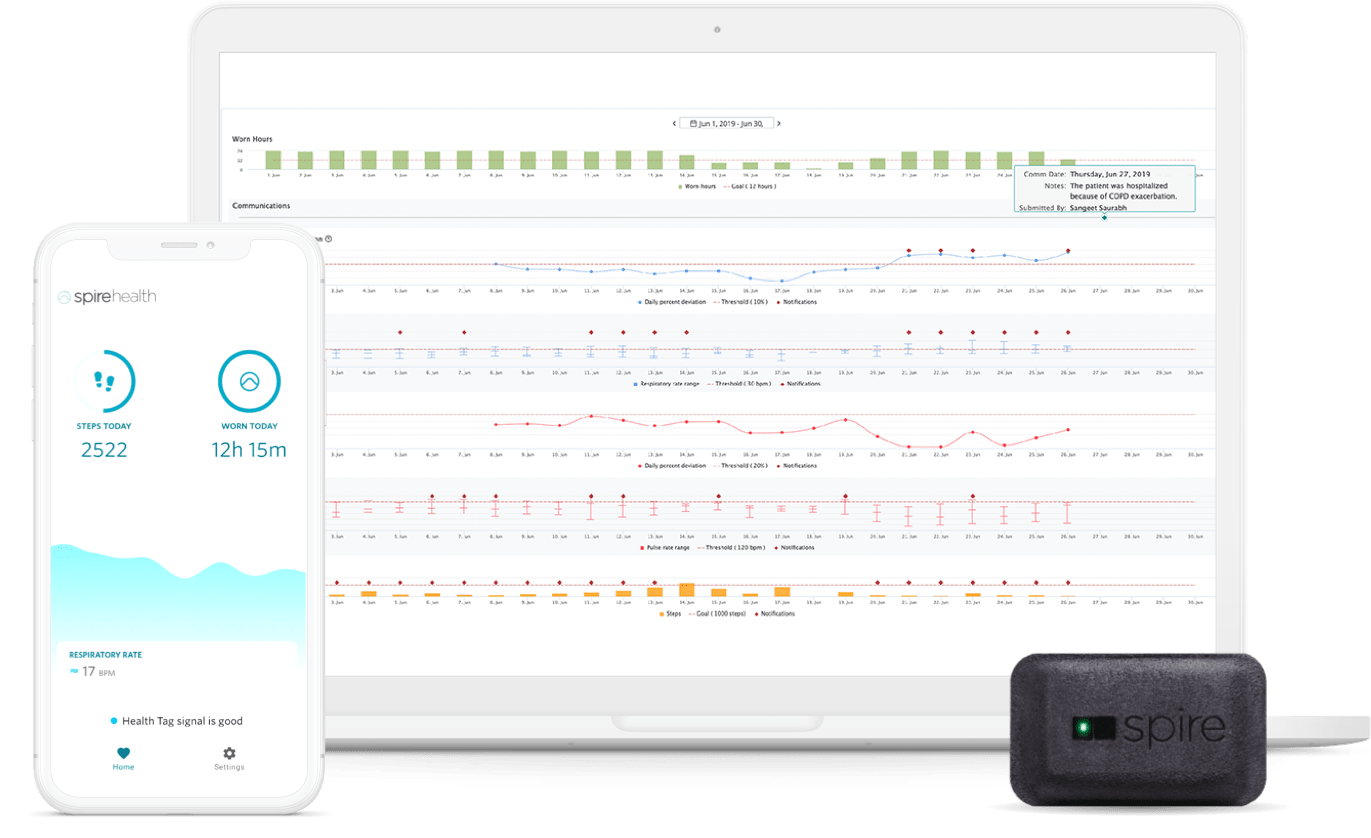
What You Should Know:
– Wellinks, the leader in virtual-led cardiopulmonary care, has acquired Spire Health in a non-cash transaction.
– This strategic move merges Spire’s cutting-edge patient monitoring technology with Wellinks’ specialized virtual care model, establishing a first-of-its-kind, fully integrated Predictive Patient Care company.
Addressing the Costly Burden of COPD and CHF
Chronic Obstructive Pulmonary Disease (COPD) and Congestive Heart Failure (CHF) represent significant challenges in the U.S. healthcare system, affecting millions and costing billions annually. The majority of these expenses stem from exacerbations that lead to emergency department visits and hospitalizations. Wellinks’ Predictive Patient Care model aims to tackle these issues by identifying potential complications before they escalate, enabling timely interventions and reducing the need for costly hospitalizations.
Predictive Patient Care: Revolutionizing Care Management
Wellinks’ Predictive Patient Care utilizes advanced predictive analytics to provide providers with insights and clinical interventions to prevent exacerbations and complications. By intervening early, patients can remain at home or receive treatment in more cost-effective settings, leading to improved outcomes and reduced costs for both payers and providers.
“We are thrilled to welcome Spire professionals into our organization, while also adding their amazing technology into our care models,” said Stacie Bratcher, CEO of Wellinks. “By uniting these companies, we are creating something entirely novel — Predictive Patient Care. Wellinks will now be able to passively monitor cardiopulmonary patients while leveraging machine learning to predict potential complications, often before the patient experiences symptoms. These findings, combined with our proprietary clinical processes will then provide payors and providers suggested interventions based on validated treatment pathways. This highly integrated approach to monitoring and treating cardiopulmonary patients will be a first of its kind.”

